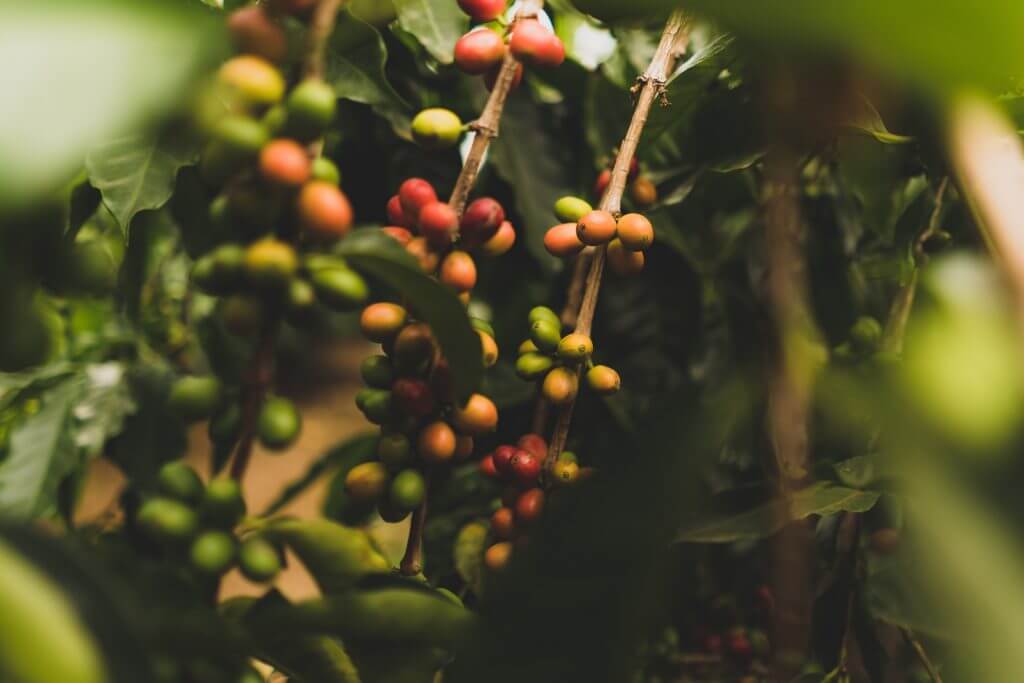The Mayni people are harvesting shade-grown coffee from under the canopy of mature trees, with huge benefits for wildlife and the community
eep within the Peruvian cloud forests, a six-hour drive from the town of Satipo, the remote Mayni community is busy growing organic coffee beneath the canopy of the native forest in order to preserve the rich mosaic of life there.
Most of the forest is kept intact, with just a little undergrowth cleared to plant Coffea arabica trees. Dahlia Casancho, who is leading the Mayni in their eco-friendly coffee-growing endeavours, sees shade-grown coffee farming as a positive development for the community, who traditionally believe in a forest god and river god. “Nature is our home. Nature gives us water, feeds us and also allows us to grow our coffee,” she says. “That’s why we take great care of our forest and we want it to be sustainable so that our children can also enjoy it.
“As a community, this is our only hope,” says Casancho. “That’s why we teach our children that they must take care of the forest and we also ask other communities to follow the natural path.”
Peru is the second-largest producer of organic coffee by area and the largest organic coffee supplier to Europe. Shade-grown coffee from around the world is providing a viable alternative to the sun-tolerant coffee plants that have been developed since the 1970s, which require clearing land for vast plantations that deplete the soil over time.
asancho and her tribe handpick the coffee cherry fruits and take them in large handwoven baskets to the washing station at the top of the mountain where most of the beans are de-pulped, soaked and then dried before being bagged for transportation to Satipo for final processing.
Separately, Casancho uses a slower and more laborious “honey” process on a fraction of the harvest to make a micro-lot. Named after the stickiness of the sugary-sweet pulp left on the coffee beans, this method involves de-pulping and laying out the sticky beans on beds, and turning them every few hours as they dry naturally in the sun.
Thanks to the Mayni’s agroforestry methods, the transition from the “montane” ecosystem, or cloud forest, to coffee plantation is somewhat difficult to distinguish, even for Oliver Whaley, a rainforest biodiversity scientist at the Royal Botanic Gardens, Kew.
Read the rest here: https://www.theguardian.com/environment/2021/mar/16/ecofriendly-peruvian-coffee-biodiversity-indigenous-aoe
